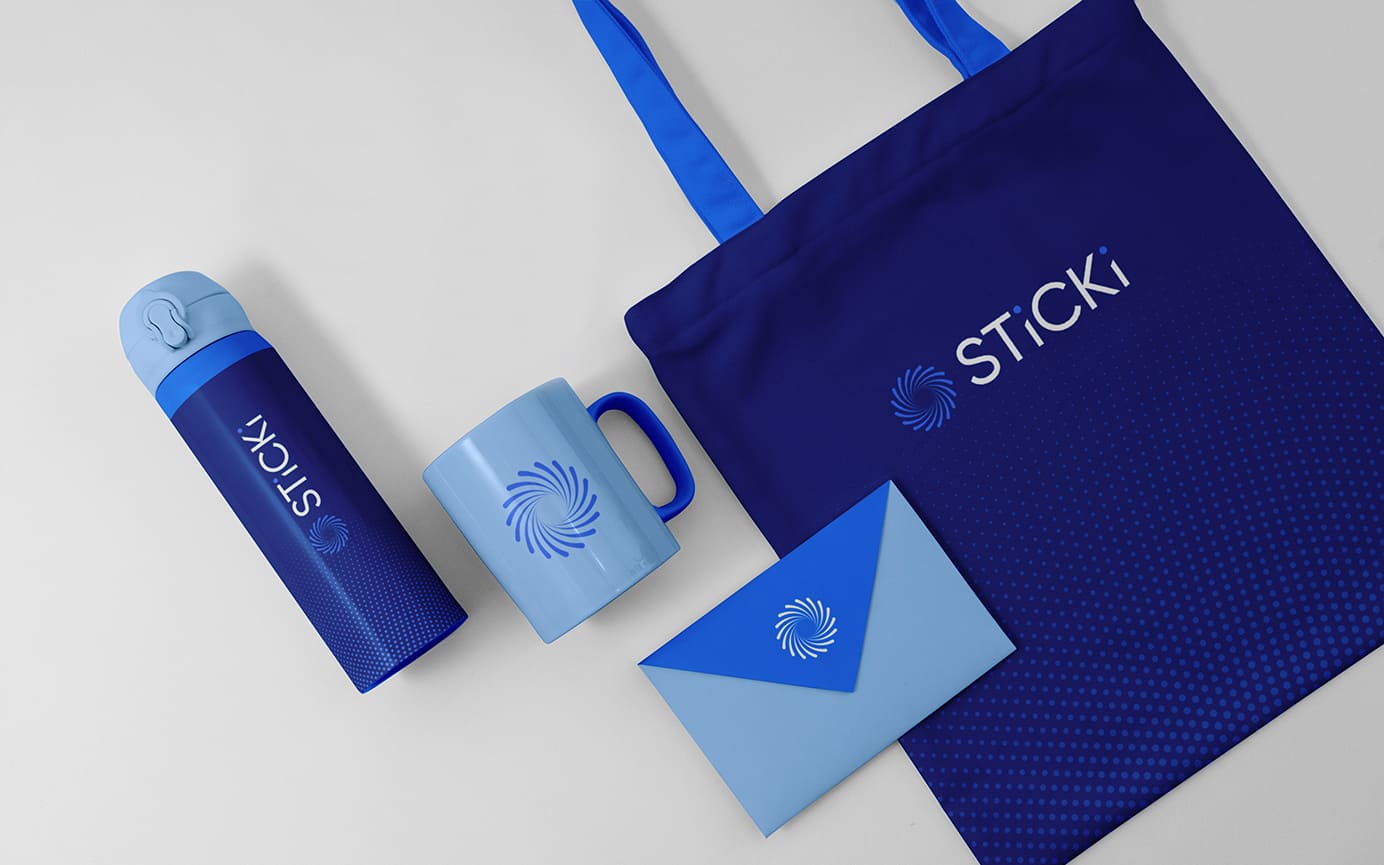Print Marketing: Defying Digital Dominance
Print marketing, once considered a relic of the past, has experienced a remarkable resurgence in recent years. Contrary to the belief that digital would render it obsolete, print continues to carve out its niche in the marketing world. According to a study by PrintIsBig, 56% of customers find print marketing to be the most trustworthy type of marketing.
One of the primary reasons behind this resurgence is the tangibility and credibility that print materials offer. In a digital age saturated with ads and pop-ups, print materials such as brochures, flyers, and direct mailers provide a refreshing and tangible experience for consumers. Furthermore, studies have shown that print engages more senses than digital media, leading to better brand recall and recognition.
Companies like Coca-Cola and Airbnb have capitalized on the unique advantages of print marketing by incorporating it into their omnichannel strategies. Coca-Cola’s personalized “Share a Coke” campaign, featuring individual names on its bottles, garnered widespread attention and increased sales. Similarly, Airbnb’s “Live There” campaign utilized visually striking print materials to evoke emotions and inspire travel.
Commercial Printing Services: Elevating Print Marketing
The resurgence of print marketing owes much to the advancements in commercial printing services. With technological innovations such as digital printing, variable data printing, and sustainable printing practices, businesses now have more options than ever to create impactful print materials.
According to a report by Smithers, the global market for commercial printing services is projected to reach $377 billion by 2023, indicating a steady growth trajectory. This growth is fueled by the increasing demand for high-quality, customized print materials that stand out in a crowded marketplace.
Leading commercial printing companies like Vistaprint and Moo have revolutionized the industry by offering affordable, on-demand printing solutions tailored to the needs of small and medium-sized businesses. By leveraging digital printing technology, these companies enable businesses to print smaller quantities of materials at competitive prices, making print marketing more accessible than ever before.
Digital Marketing: The Reigning Champion
Despite the resurgence of print marketing, digital marketing remains the reigning champion in terms of reach and scalability. With over 4.6 billion internet users worldwide, digital platforms offer unparalleled opportunities for businesses to connect with their target audience.
Statistics from eMarketer reveal that digital ad spending is expected to surpass traditional ad spending by 2024, further solidifying its dominance in the marketing landscape. The ability to target specific demographics, track campaign performance in real-time, and optimize strategies on the fly are just a few reasons why businesses continue to invest heavily in digital marketing.
Companies like Amazon and Nike have mastered the art of digital marketing, leveraging social media, email marketing, and influencer partnerships to engage consumers and drive sales. Amazon’s personalized recommendations and targeted email campaigns have played a crucial role in its success as the world’s largest online retailer. Similarly, Nike’s interactive social media campaigns, such as #ChooseGo and #Breaking2, have resonated with audiences worldwide, reinforcing its position as a leading athletic brand.
The Power of Integration: Print Meets Digital
While print and digital marketing offer distinct advantages, the real power lies in integrating the two seamlessly. According to a study by InfoTrends, campaigns that integrate print and digital channels experience a 35% increase in response rates compared to those using a single channel.
Forward-thinking companies like Starbucks and IKEA have embraced this integrated approach by combining print materials with digital technologies to create immersive brand experiences. Starbucks’ mobile app seamlessly integrates with its loyalty program and in-store promotions, blurring the lines between digital and physical touchpoints. Similarly, IKEA’s augmented reality app allows customers to visualize furniture in their homes before making a purchase, bridging the gap between online browsing and in-store shopping.
Embracing the Power of Print and Digital
In conclusion, the debate between print marketing and digital marketing is not about choosing one over the other but rather recognizing the unique strengths of each and leveraging them to create impactful marketing campaigns. While digital marketing offers unparalleled reach and targeting capabilities, print marketing provides tangibility and credibility that resonate with consumers on a deeper level.
With the advancements in commercial printing services and the integration of print and digital channels, businesses now have the opportunity to create holistic marketing strategies that engage and inspire audiences across multiple touchpoints. By embracing the power of both print and digital, companies can unlock new opportunities for growth and innovation in an increasingly competitive marketplace.





